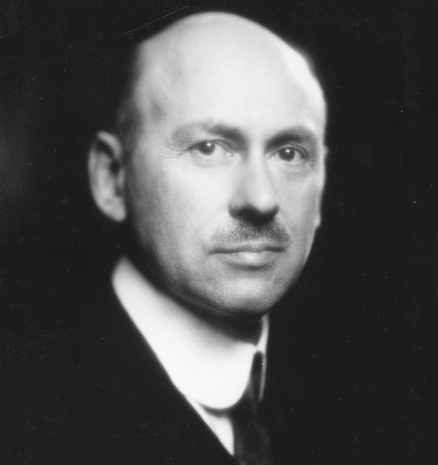
On March 16, 1926, at what he accurately described as “Aunt Effie’s farm” in Auburn Massachusetts, Robert Goddard unloaded a home-made ten foot rocket named Nell from his car, set it up, directed his assistant of light the fuse with a blow torch (attached to a long stick for safety), and successfully launched the world’s first liquid propelled rocket. It’s flight lasted a mere 2.5 seconds, rose only 41 feet in the air, and ended in a cabbage patch. But the age of modern rocketry was initiated – and the science fiction of Jules Verne had been translated into reality.
Goddard had become interested by space after reading H G Well’s War of the Worlds as a sixteen year old. But calculations of energy-weight ratios of fuels eventually taught him that the black powder which had been the propellant for “rockets” since the days of the ancient Chinese wouldn’t get a rocket very far into space.
In 1909, as a newly enrolled student at Clark University, he started writing about a liquid-fueled rocket.
Goddard, who had always been thin and frail, suffered a serious bout of tuberculosis. When he recovered, in 1914, he registered his first two patents: Patent 1,102,653 for a multi-stage rocket, Patent 1,103,503 for a liquid fueled rocket which burned gasoline and nitro oxide.
When the cost of his independent rocket research outstripped his modest salary as a teaching assistant, Goddard sought out and received a grant from the Smithsonian Institution.
Through the Smithsonian, Goddard published a revolutionary book in 1919: “A Method of Reaching Extreme Altitudes”, which essentially laid out that if you fueled a rocket properly, it could probably reach the moon.
On January 13, 1920, the prestigious New York Times responded to Goddard’s work with the full weight of its ignorance, delcaring that it was common knowledge that space travel was impossible, since there was nothing to push against in a vacuum, and that Goddard lacked “the knowledge ladled out daily in high schools”.
(Working with vacuum chambers, Goddard had already established that a rocket could fly in a vacuum, based on Newton’s laws.)
Publicly humiliated, and increasingly viewed as a bit of a crank, Goddard kept quiet about his successful March 1926 rocket launch – and subsequent successful launches. But as the rockets got bigger and bigger, the successful launches became harder to hide.
A 1929 launch of an 11 ft rocket caught the attention of police, and the local media, who ran the headline: “Moon Rocket Misses” Target By 238,799-1/2 Miles.
Goddard moved to Roswell New Mexico, where, over a nine year period, his rockets grew from 12 feet to 18 feet, and their altitudes from 2,000 feet to 9,000 feet.
But Goddard noticed that the prime people taking notice were German engineers of what was shortly to become Hitler’s Third Reich. Goddard attempted to persuade the Army that his rockets should be investigated as a possible weapons system, but there was little interest. And although Goddard’s talents were enlisted for the war effort, it was to design to design experimental airplane engines for the navy. When Germany’s V-2 “buzz bomb” rockets began to devastate London, Goddard suspected that the underlying work was not all their own.
At war’s end, a captured German scientist, interrogated about the theoretical origins of Germany’s V-2 rocket, suggested that Dr. Goddard knew more about rockets than any of them. With 200 patents filed by Goddard, all of them, like all patents, available for public inspection, Goddard’s work, rebuffed in his own country, had been easily plundered by America’s enemies.
The rocket age was firmly established. But in 1945 Goddard fell victim to cancer and died.
The Redstone missle, and then the Saturn moon rocket, and every rocket flight ever since, fully validated Goddard’s work.
In 1969, the Saturn rocket, a direct outgrowth of Goddard’s work, set out on a voyage which would, on July 20 1969, successfully made Americans Neil Armstrong and Buzz Aldrin the first two earthlings to step foot on the moon.
After lift-off, the New York Times published a brief editorial comment, further to the smear it had published 49 years before: “Further investigation and experimentation have confirmed the findings that a rocket can function in a vacuum as well as in an atmosphere. The Times regrets the error.”
Robert Goddard is today recognized as the father of modern rocketry.
The New York Times, as of this writing, continues its multi-year downsizing.

